Lesson 3 - Verbs Is / Are
In the previous lesson, you learned that desu is the verb “is/are”. The opposite of desu is dewa arimasen, which translates to “is not/are not”. Just like desu, dewa arimasen belongs on the end of the setence. Another handy word to go with dewa arimasen is iie, which means “No”. If you wanted to ask what something was, you would say nan desu ka, for nan means “what”. The phrase would translate to “What is it?”. Let’s use this in a simple conversation between Utada and Hisashi:
Hisashi: Konnichi wa. Ayumi san desu ka.
Utada: Iie, Ayumi dewa arimasen.
Of course, out of respect, Hisashi would never reply with Nan desu ka, for it would be insulting to Utada. Basically, Hisashi asked Utada if she was Ayumi. Ayumi replied, “No, I am not Ayumi”.
Desu can also be used with objects, if you wanted to say, “It is ___”. Say there was a cat. Cat in Japanese is neko. You would say Neko desu. That goes for any other noun too. Just take the noun and add desu to the end of it.
Look at this conversation continued between Hisashi and Utada and see if you can follow. Some new words might be introduced.
Utada: Neko desu ka.
Hisashi: Iie, neko dewa arimasen.
Utada: Nan desu ka.
Hisashi: Inu desu. Hana desu ka.
Utada: Hai. Nan desu ka.
Hisashi: Kuruma desu.
In this conversation, Utada asks Hisashi if that is a cat. Hisashi replies that no, it is not a cat. Utada then asks, “What is it?” In reply, Hisashi says it is an inu, which means dog. Hisashi then asks in return if that is a hana, or flower in Japanese. She replies that, yes, it is a flower and then asks what another thing is. Hisashi replies it is a kuruma, or car.
It is very easy to make a practice conversation between two people over this small subject. Let’s introduce a few more vocabulary words before we move on in this next conversation between Takuro and Minako. We’ll make it a little more complicated this time.
Takuro: Aa, Minako san! Konban wa. Ohisashiburi desu ne.
Minako: Aa, Takuro san! Konban wa. Ogenki desu ka?
Takuro: Okage sama de, genki desu. Anata wa.
Minako: Genki desu. Kaban desu ka.
Takuro: Hai, kaban desu. Nan desu ka.
Minako: Hon desu. Ringo desu ka.
Takuro: Iie, ringo dewa arimasen. Enpitsu desu.
Minako: Aa. Ki desu ka.
Takuro: Hai.
Minako: Sayonara, Takuro san.
Takuro: Sayonara, Minako san.
Alright, let’s analyze this conversation. Takuro says good evening to Minako and says he hasn’t seen her in ages. Minako replies by saying good evening, how are you? He replies by saying he is fine, thanks her for asking, and then continues to ask how she is in return. She replies that she is fine. She then goes to ask if that is a kaban. Kaban means briefcase or bag. He replies that yes, it is a bag. Then he asks, “What is it?” She replies it is a hon or book. She then asks if that is a ringo, or apple. He replies, “No, it is not an apple. It is an enpitsu.” Enpitsu means pencil. (Why Minako would mistake Takuro’s pencil for an apple is beyond me at this point) Minako then replies, “Oh. Is that a ki?” Ki translates to tree. Takuro replies, “Yes.” They then exchange Sayonara, which means good-bye.
Some other words you may want to know at this point are uchi which means house (in reference to your own), denwa which means telephone, and yama which means mountain.
| Japanese | Romaji | English |
|---|---|---|
| ではありません | Dewa arimasen | Is not |
| いいえ | Iie | No |
| 何 | Nan | what |
| 猫 | Neko | cat |
| 犬 | Inu | dog |
| 花 | Hana | flower |
| 車 | Kuruma | car |
| 鞄 | Kaban | briefcase/bag |
| 本 | Hon | book |
| 林檎 | Ringo | apple |
| 鉛筆 | Enpitsu | pencil |
| 木 | Ki | tree |
| 家 | Uchi | house |
| 電話 | Denwa | telephone |
| 山 | Yama | mountain |
| さよなら | Sayonara | Good-bye |
